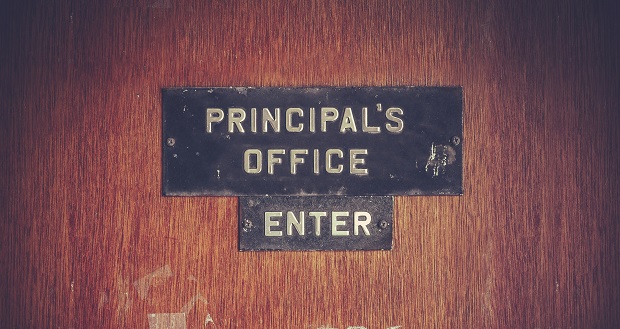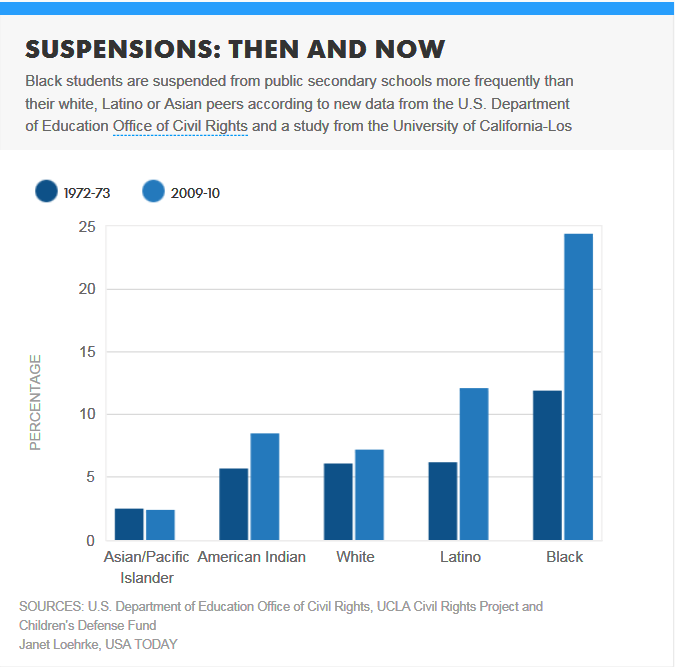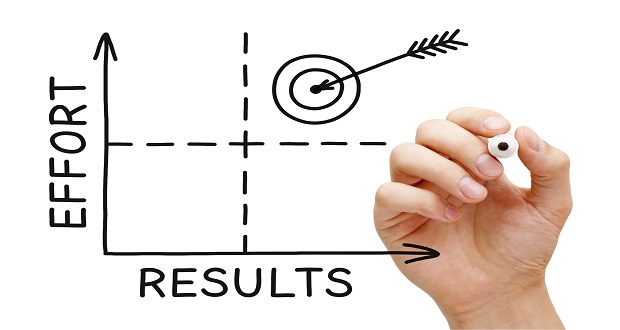
*Names have been changed.
Mason is an outgoing third grader who is bright and sensitive. He is African American and his teacher, Ms. Thorne is white. She has been teaching in a large school district for two years.
Ms. Thorne’s account of the situation:
I am at my wits end because Mason, despite his eagerness to learn, is disruptive. He doesn’t seem to have self-control. He constantly talks out in class, answering without raising his hand and responds to me at inappropriate times. For example, when I provide the correct answer on a test, Mason will call out, “yep, I got that right.” Or he will say, “good, good” in the middle of a lesson. I have sent him to the office several times to no avail and now feel like he needs to be suspended from school.
Mason’s account of the situation:
I am in the office facing suspension. I do not understand why. I love my teacher, Ms. Thorne. She is the best and I do “good” in her class. She told the principal that I am disruptive. I don’t think I am disruptive. I want her to know that I am listening and that I am getting what she is saying. How can that be disruptive?
So the principal decided to dig a little deeper to see if she could get to the bottom of why Mason and the teacher had such different perceptions. After probing by asking some open ended questions, it came to light that Mason goes to a church where “call and response” is common. The minister calls and the congregation responds with “amen” or “preach” or some other affirming phrase. Mason was modeling behavior that he had come to associate with how you interact with an authority figure. Ms. Thorne was not at all familiar with how faith is expressed at many black churches.
This story ended well. The culturally adaptive solution was that Mason would be allowed three “affirmations” per day. After that, he would be considered disruptive. I think this is a wonderful example of mutual adaptation. The school validated that Mason had learned a different way to engage with those he respected while at the same time the teacher needed to have some limits that allowed her to be effective and meet the needs of all students.
While Mason’s story ended positively, there are thousands of Mason’s for whom the outcome is not good. Black students are suspended more than three times as often as their white classmates, twice as often as their Latino classmates and more than 10 times as often as their Asian classmates in middle and high schools nationwide.

Studies have shown that even a single suspension can double the odds of a student dropping out. Think about the label that would have been put on Mason as a result of a suspension in his record. How would he start the next year with a new teacher? What biases would already exist? Mason was now a “troublemaker” and now he is treated as such and that is what he becomes—the self-fulfilling prophecy.
Developing cultural competence allows us to consider different interpretations of behavior. Based on Ms. Thorne’s worldview, Mason was demonstrating disruptive behavior. Mason, on the other hand interpreted his behavior as positive. When such differences of perspective occur, becoming curious and asking more questions before judging is a key skill to put to work. Perhaps if we equipped more educators with this skill, the suspension rate disparities for black students would mitigate.


















